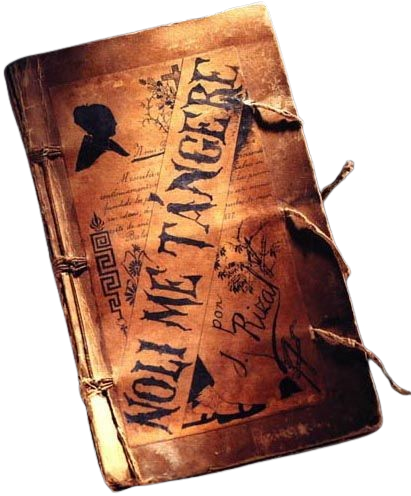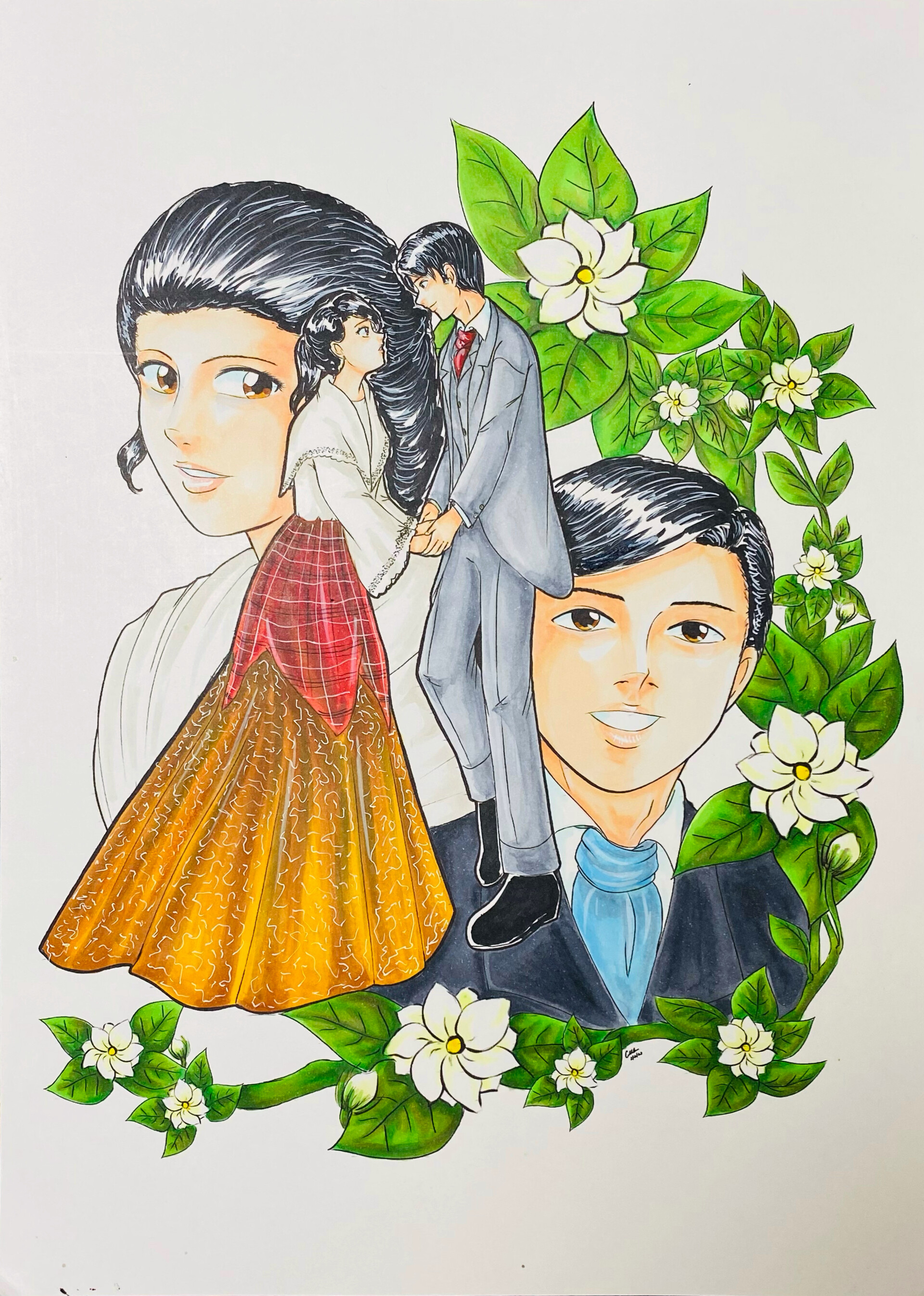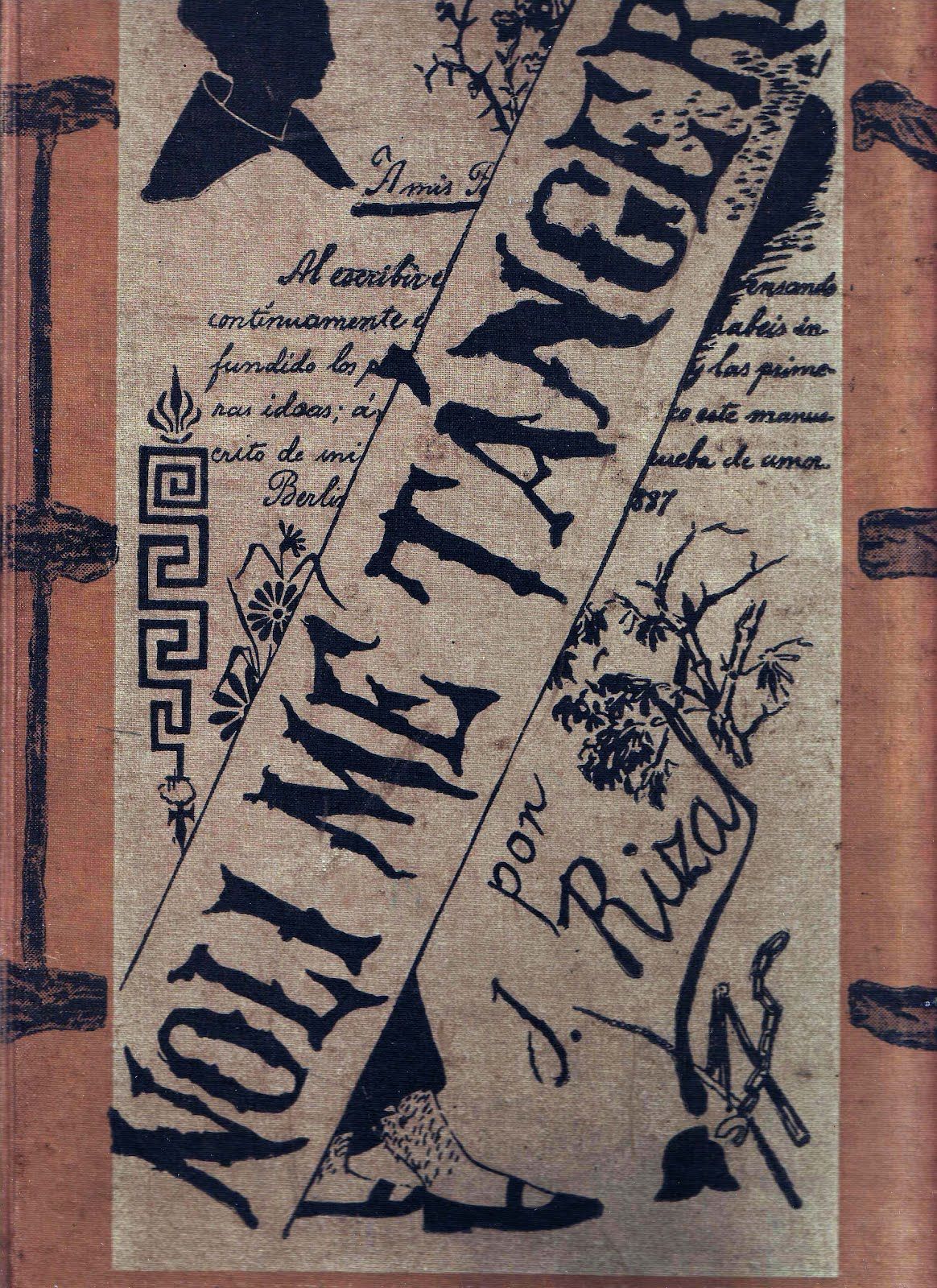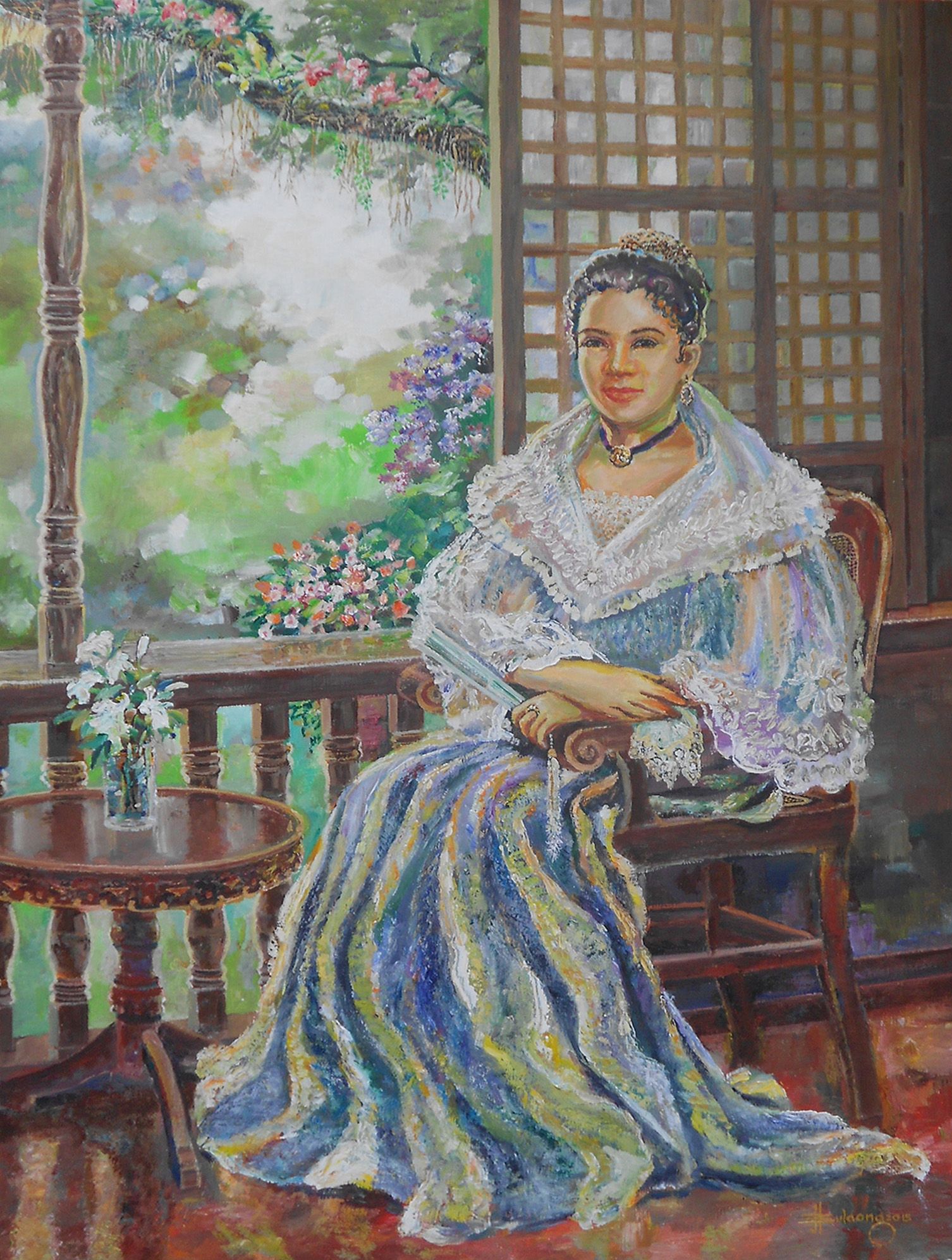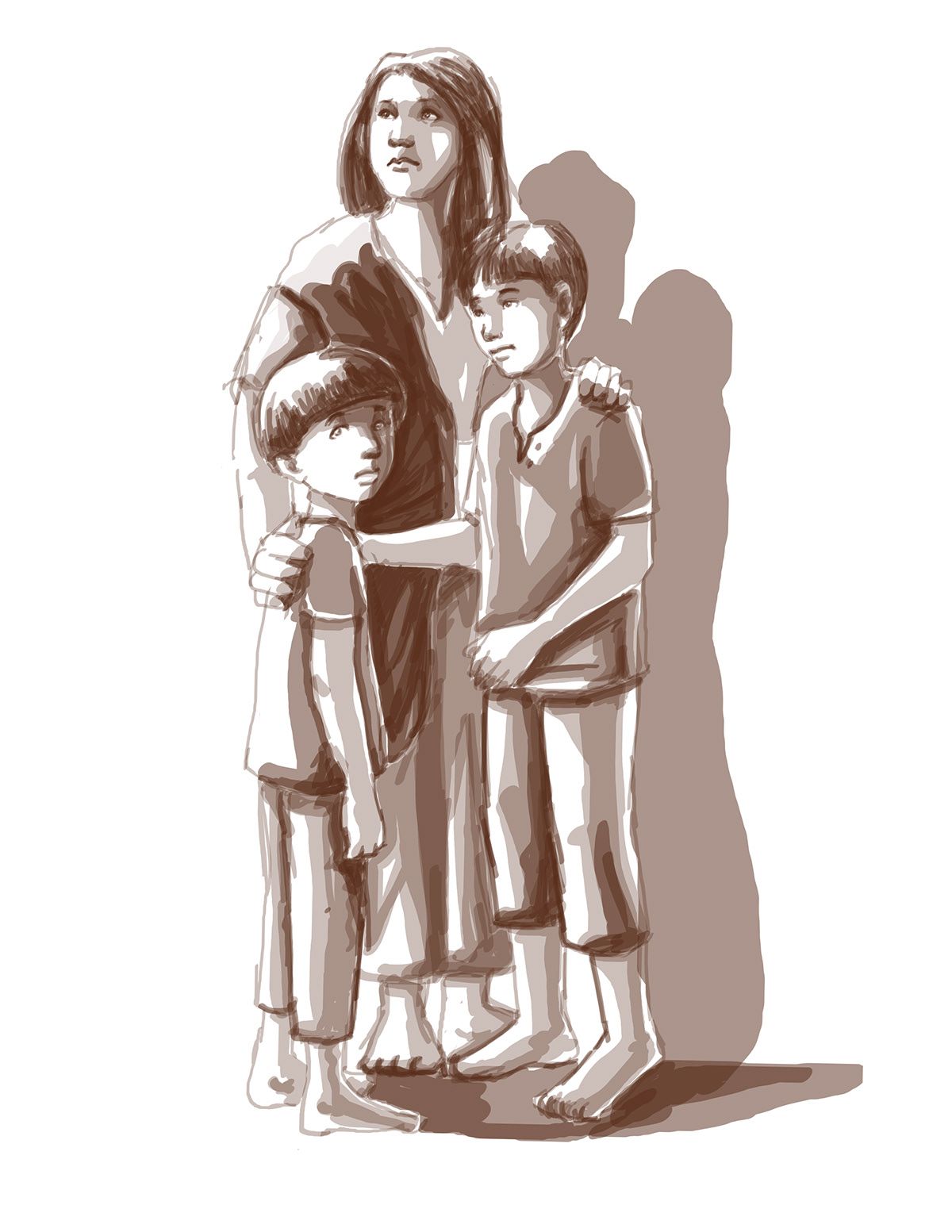Historical Context of Noli Me Tangere
The Novel's Significance
Dr. Jose Rizal's novel Noli Me Tangere is a breakthrough work that reveals the realities of Philippine society during the Spanish colonial period in the nineteenth century. The story reflects the social, political, and religious situations of the time, emphasizing the systemic tyranny and corruption perpetrated by Spanish government and friars.
Spanish Colonial System
Spanish persecution was strongly ingrained in the political system, with the friars wielding enormous power not just over religious affairs but also over municipal government, frequently twisting legislation for personal advantage.
Impact and Legacy
Rizal's work bravely exposes these social inequities, depicting:
- The exploitation of the poor
- The clergy's misuse of power
- The restriction of free thought
